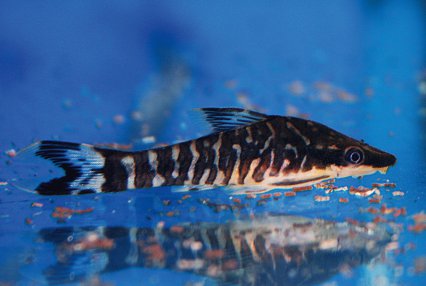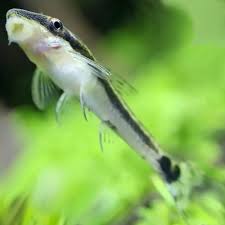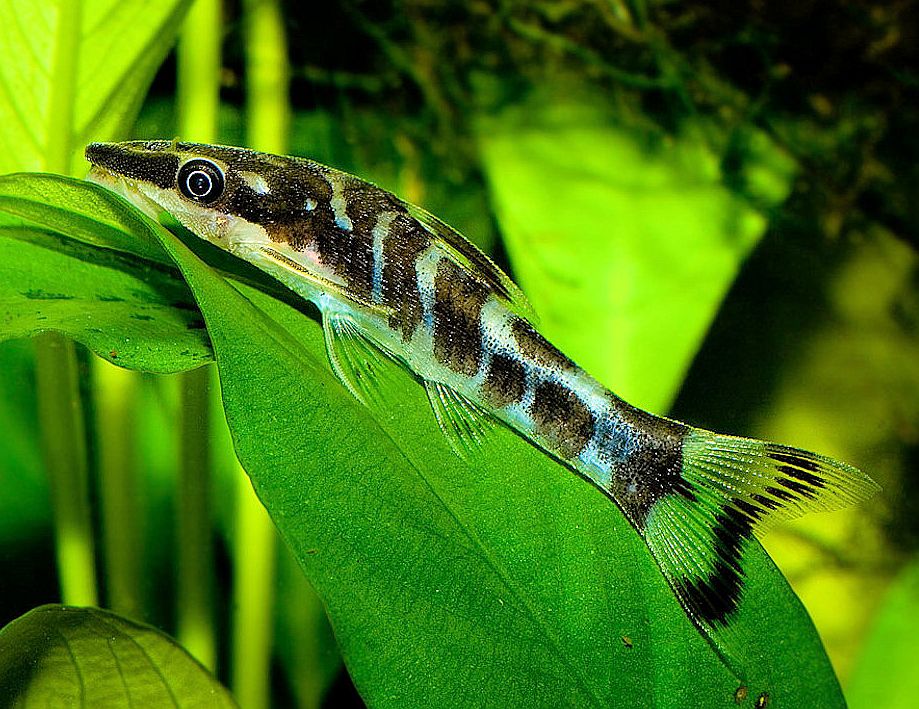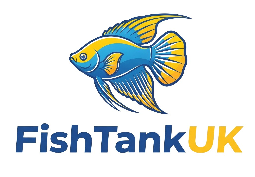Otocinclus

Often affectionately referred to as ‘Otos’, the Otocinclus catfish is a small, peaceful, and diligent algae-eater that has become a popular addition to many freshwater aquariums across the UK. Hailing from the well-oxygenated, fast-flowing streams of South America, these diminutive fish are not only charming to watch but also serve a practical purpose in maintaining a clean and healthy aquatic environment. This in-depth guide will provide you with all the necessary information to ensure your Otocinclus not only survive but thrive in your home aquarium.
Natural Habitat and its Importance
Understanding the natural environment of a fish is paramount to successfully keeping it in captivity. Otocinclus are typically found in large shoals, clinging to submerged vegetation and rocks in clear, moderately flowing waters. These habitats are rich in biofilm and soft green algae, which form the primary components of their diet. Replicating these conditions in your aquarium is the first step towards happy and healthy Otos.
Setting Up the Ideal Otocinclus Aquarium
While small in size, Otocinclus have specific requirements for their tank setup to ensure they feel secure and can exhibit their natural behaviours.
Tank Size: A minimum of a 20-gallon (approximately 75-litre) aquarium is recommended for a small group of Otocinclus. This provides adequate space for swimming, grazing, and establishing territories.
Water Parameters: Maintaining stable water conditions is crucial for the delicate Otocinclus. Sudden fluctuations can cause stress and lead to health problems.
| Water Parameter | Ideal Range |
|---|---|
| Temperature | 22-26°C (72-79°F) |
| pH | 6.0 – 7.5 |
| Hardness (GH) | 5 – 15 dGH |
| Ammonia | 0 ppm |
| Nitrite | 0 ppm |
| Nitrate | < 20 ppm |
Filtration and Water Movement: A gentle but efficient filtration system is essential to maintain high water quality and provide the oxygen-rich environment that Otos are accustomed to. A filter with a turnover rate of at least four times the aquarium volume per hour is recommended.
Substrate and Decorations: A soft, sandy substrate is ideal as it mimics their natural riverbed habitat and prevents damage to their delicate barbels. Provide plenty of hiding places using driftwood, smooth rocks, and dense plantings. Live plants are highly beneficial as they provide grazing surfaces, shelter, and contribute to a healthier aquatic environment.
Diet and Feeding: More Than Just Algae

While renowned for their algae-eating prowess, a diet consisting solely of naturally occurring algae in a typical home aquarium is often insufficient to sustain a group of Otocinclus.
Primary Diet: Otocinclus are herbivores and their main food source should be soft green algae and biofilm. A mature aquarium with established algae growth is highly advantageous.
Supplementing their Diet: To ensure your Otos are well-fed, it’s crucial to supplement their diet with a variety of high-quality foods:
- Algae Wafers: These are a staple for most bottom-dwelling herbivores.
- Blanched Vegetables: Offer blanched zucchini (courgette), cucumber, spinach, or kale. These can be weighed down with a fork or a specialised clip.
- Repashy Gel Food: This is an excellent, nutrient-rich food that can be spread on rocks or decorations to encourage natural grazing behaviour.
It’s important to remove any uneaten vegetables after 24 hours to prevent water quality issues.
Social Behaviour and Suitable Tank Mates
Otocinclus are social creatures and should always be kept in groups of at least six individuals, with larger groups being preferable. This helps them to feel secure and encourages their natural shoaling behaviour.
When choosing tank mates, it is vital to select peaceful and non-aggressive species that will not outcompete the Otos for food or intimidate them.
| Compatible Tank Mates | Incompatible Tank Mates |
|---|---|
| Small Tetras (e.g., Neon, Ember) | Large, aggressive Cichlids |
| Rasboras (e.g., Harlequin, Chili) | Most Barbs (can be boisterous) |
| Corydoras Catfish | Larger, predatory fish |
| Small Rasboras | Goldfish |
| Guppies and Endler’s Livebearers | |
| Cherry Shrimp and Amano Shrimp |
Acclimatisation: A Critical Step for Survival

Otocinclus are notoriously sensitive to changes in water chemistry, making the acclimatisation process of paramount importance. A slow drip acclimatisation is the recommended method to minimise stress and increase the chances of survival.
- Float the unopened bag in your aquarium for 15-20 minutes to equalise the temperature.
- Carefully empty the contents of the bag, including the fish and water, into a clean, dedicated container.
- Using airline tubing, start a slow drip of water from your main aquarium into the container. Aim for a rate of 2-3 drips per second.
- Once the volume of water in the container has doubled, carefully net the Otocinclus and release them into your aquarium. Discard the water from the container.
- Keep the aquarium lights off for the first few hours to allow the new arrivals to settle in.
Common Health Issues
While generally hardy once established, Otocinclus can be susceptible to common freshwater fish diseases, particularly if they are stressed or in suboptimal conditions.
- Ich (White Spot Disease): Characterised by small white spots on the body and fins.
- Fungal Infections: Often appear as white, cotton-like growths.
- Bacterial Infections: Can manifest as red patches, ulcers, or fin rot.
The best defence against disease is prevention. Maintaining excellent water quality, providing a proper diet, and minimising stress are key to keeping your Otocinclus healthy.
Breeding Otocinclus
Breeding Otocinclus in a home aquarium can be challenging but is not impossible. To encourage spawning, you will need a well-established, heavily planted breeding tank with pristine water conditions. A diet rich in high-quality foods is also essential. Spawning is often triggered by a slight drop in water temperature, mimicking the rainy season in their natural habitat. The female will lay her adhesive eggs on plant leaves or other smooth surfaces, and the male will follow to fertilise them. The parents do not exhibit any parental care and should be removed after spawning to prevent them from eating the eggs or fry.
A Weekly Care Schedule for Your Otocinclus
| Day | Task |
|---|---|
| Monday | Observe fish for any signs of stress or illness. |
| Tuesday | Feed blanched vegetables. |
| Wednesday | General observation. |
| Thursday | Feed algae wafers or Repashy gel food. |
| Friday | General observation. |
| Saturday | Perform a 25-30% water change. Clean the inside of the aquarium glass, leaving some algae for grazing. |
| Sunday | Test water parameters (Ammonia, Nitrite, Nitrate, pH). |
By providing a stable and enriching environment that caters to their specific needs, you can enjoy the delightful presence of Otocinclus catfish in your aquarium for years to come. These industrious little fish are a testament to the fact that even the smallest inhabitants can make the biggest impact on the beauty and balance of an aquatic ecosystem.


